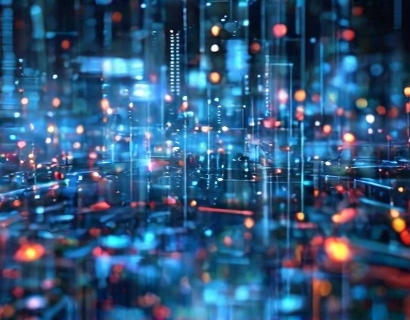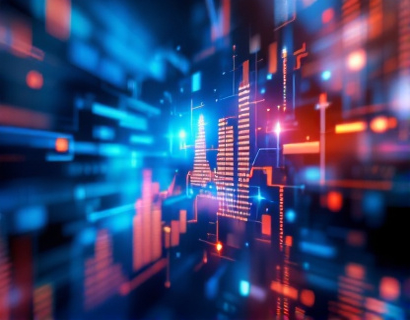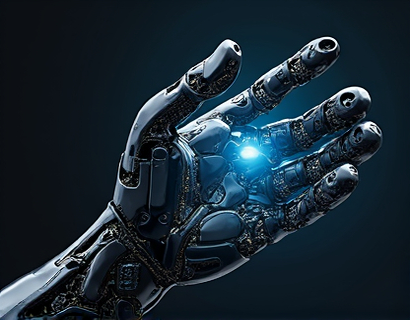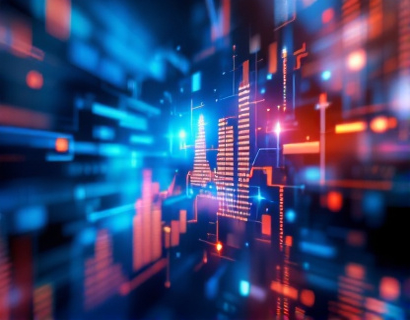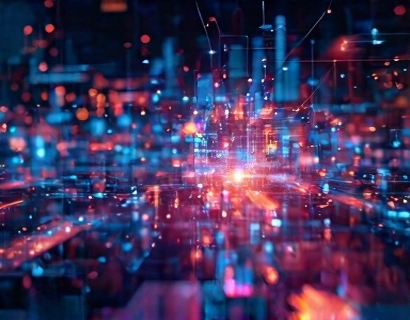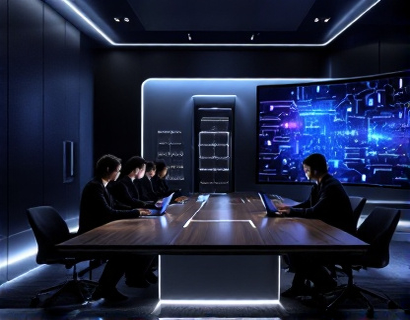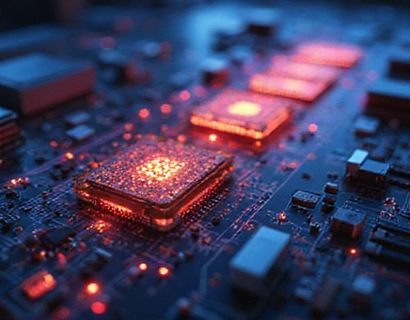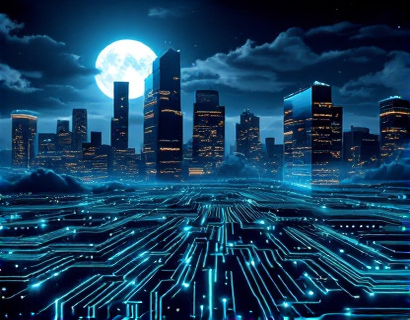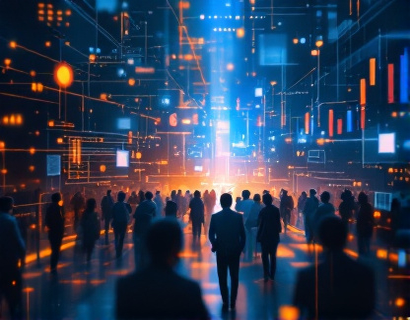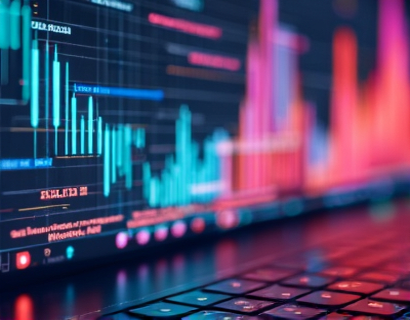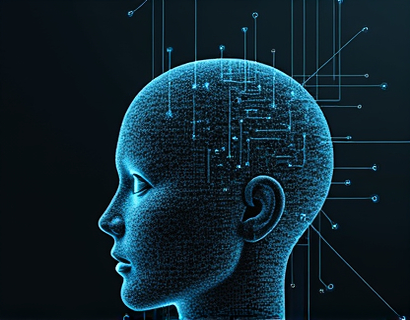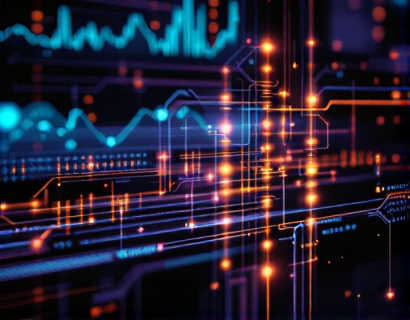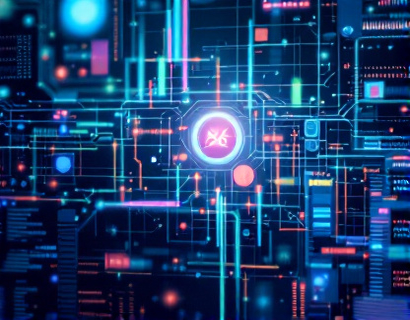Decentralized Organization Dynamics: Mastering the Advanced Software Stack for Universal Governance and Efficiency
In the rapidly evolving landscape of digital governance and organizational structures, decentralized systems have emerged as a transformative force. These systems, leveraging blockchain technology and decentralized protocols, offer a novel approach to creating organizations that are inherently transparent, efficient, and resilient. This guide delves into the intricacies of how advanced software can revolutionize the formation and operation of universal decentralized organizations, focusing on the software stack that underpins these transformations.
The concept of decentralized organizations (DAOs) is not new, but the tools and software available today have significantly enhanced their potential. A DAO is an organization governed by rules encoded in smart contracts on a blockchain, allowing for decentralized decision-making and operation. The key to mastering decentralized governance and efficiency lies in understanding and effectively utilizing the advanced software stack that powers these organizations.
Understanding the Software Stack
The software stack for decentralized organizations is a complex yet interconnected set of tools and protocols designed to facilitate governance, collaboration, and efficiency. This stack typically includes several layers, each serving a specific purpose:
- Blockchain Platform: The foundation of any decentralized organization is a robust blockchain platform. This platform provides the decentralized ledger that records all transactions and smart contracts. Popular choices include Ethereum, Binance Smart Chain, and Solana, each offering different features and performance characteristics.
- Smart Contracts:
- Decentralized Applications (DApps):
- Orchestration Layers:
- Identity and Access Management (IAM):
- Data Storage Solutions:
Smart contracts are self-executing contracts with the terms of the agreement directly written into code. They automate and enforce the rules and processes of the organization, ensuring transparency and reducing the need for intermediaries. Languages like Solidity for Ethereum and Vyper for Ethereum 2.0 are commonly used to write these contracts.
DApps are applications that run on a blockchain or a decentralized network. They provide users with a interface to interact with the DAO, from voting on proposals to managing assets. DApps are built on top of the blockchain platform and smart contracts, leveraging APIs and interfaces to create user-friendly experiences.
Orchestration layers manage the deployment, scaling, and interoperability of various components within the DAO. Tools like Kubernetes, Docker Swarm, or native blockchain orchestration services ensure that the system remains efficient and scalable, even as the organization grows.
IAM solutions are crucial for securing access to the DAO's resources and ensuring that only authorized participants can perform specific actions. Decentralized identity protocols like Self-Sovereign Identity (DID) and standards like W3C Decentralized Identifiers (DID) provide a secure and user-controlled way to manage identities.
Efficient and decentralized data storage is essential for maintaining the integrity and accessibility of information within the DAO. Solutions like InterPlanetary File System (IPFS) and Filecoin offer decentralized storage options that complement blockchain-based data management.
Enhancing Governance through Advanced Software
The governance of decentralized organizations is a critical aspect that ensures the smooth and fair operation of the DAO. Advanced software tools can significantly enhance governance by:
1. Decentralized Decision-Making: Smart contracts can facilitate voting mechanisms that allow token holders to propose and vote on changes to the organization's rules and direction. This process is transparent, as all proposals and votes are recorded on the blockchain, ensuring accountability and trust.
2. Automated Rule Enforcement: Smart contracts can automatically enforce the organization's rules and policies, reducing the risk of human error or manipulation. For example, access controls can be programmed to ensure that only members with the appropriate permissions can execute certain actions.
3. Transparency and Auditability: The immutable nature of blockchain ensures that all transactions and decisions are permanently recorded and verifiable. This transparency builds trust among participants and stakeholders, as they can independently audit the organization's activities.
4. Tokenization of Governance Rights: Tokens can represent voting rights, participation rewards, or other forms of governance participation. This tokenization allows for precise and programmable governance mechanisms, enabling more nuanced and fair decision-making processes.
Boosting Collaboration and Efficiency
Collaboration and efficiency are cornerstones of successful decentralized organizations. Advanced software solutions can significantly improve these aspects:
1. Collaborative Workspaces: Decentralized workspaces built on blockchain platforms enable seamless collaboration among geographically dispersed team members. These platforms can integrate with DApps and other tools to create a cohesive work environment.
2. Automated Workflows: By automating repetitive and time-consuming tasks through smart contracts and orchestration layers, organizations can focus on higher-value activities. This automation reduces the potential for errors and speeds up processes, enhancing overall efficiency.
3. Resource Management: Blockchain-based systems can track and manage resources, such as computing power, storage, and even physical assets, in a transparent and secure manner. This ensures that resources are used optimally and that contributions are fairly rewarded.
4. Incentive Mechanisms: Token-based incentive systems can motivate participants to contribute to the organization's success. These systems can be designed to reward various forms of contributions, from development work to community engagement, aligning individual goals with the organization's objectives.
Case Studies and Real-World Applications
Several projects have successfully implemented advanced software stacks to create effective decentralized organizations. One notable example is MakerDAO, a decentralized finance (DeFi) platform that allows users to create and manage stablecoins called MakerDAO stablecoin (DAI). MakerDAO uses a combination of smart contracts, a custom blockchain (the Maker Blockchain), and a governance token (MKR) to manage its operations.
Another example is Aragon, a platform for building decentralized organizations. Aragon provides a suite of tools, including governance protocols, token management, and DApp development frameworks, all built on the Ethereum blockchain. It enables organizations to create custom governance models and manage their operations efficiently.
Challenges and Considerations
While the potential of decentralized organizations is vast, there are several challenges and considerations to keep in mind:
1. Scalability: As the number of participants and transactions grows, ensuring that the system remains performant is crucial. Solutions like layer 2 protocols and sharding can help address scalability issues.
2. Security: The security of smart contracts and the overall system is paramount. Rigorous testing, audits, and best practices are essential to mitigate risks.
3. User Adoption: Educating potential participants about the benefits and mechanics of decentralized organizations is key to widespread adoption. User-friendly interfaces and clear documentation can facilitate this process.
4. Regulatory Compliance: Navigating the regulatory landscape is important, as different jurisdictions have varying rules regarding blockchain and decentralized systems. Ensuring compliance can help avoid legal issues and build trust with users.
Future Trends and Innovations
The field of decentralized organization dynamics is rapidly evolving, with several trends and innovations on the horizon:
1. Interoperability: Efforts to create interoperable blockchain networks will enable seamless interaction between different DAOs and decentralized systems, fostering a more connected ecosystem.
2. Advanced Orchestration: More sophisticated orchestration tools will emerge, simplifying the deployment and management of complex decentralized applications.
3. AI and Machine Learning: Integration of AI and machine learning into decentralized systems can enhance decision-making, predict trends, and optimize resource allocation.
4. Hybrid Models: Combining decentralized and centralized elements to create hybrid organizations that leverage the strengths of both models is an area worth exploring.




